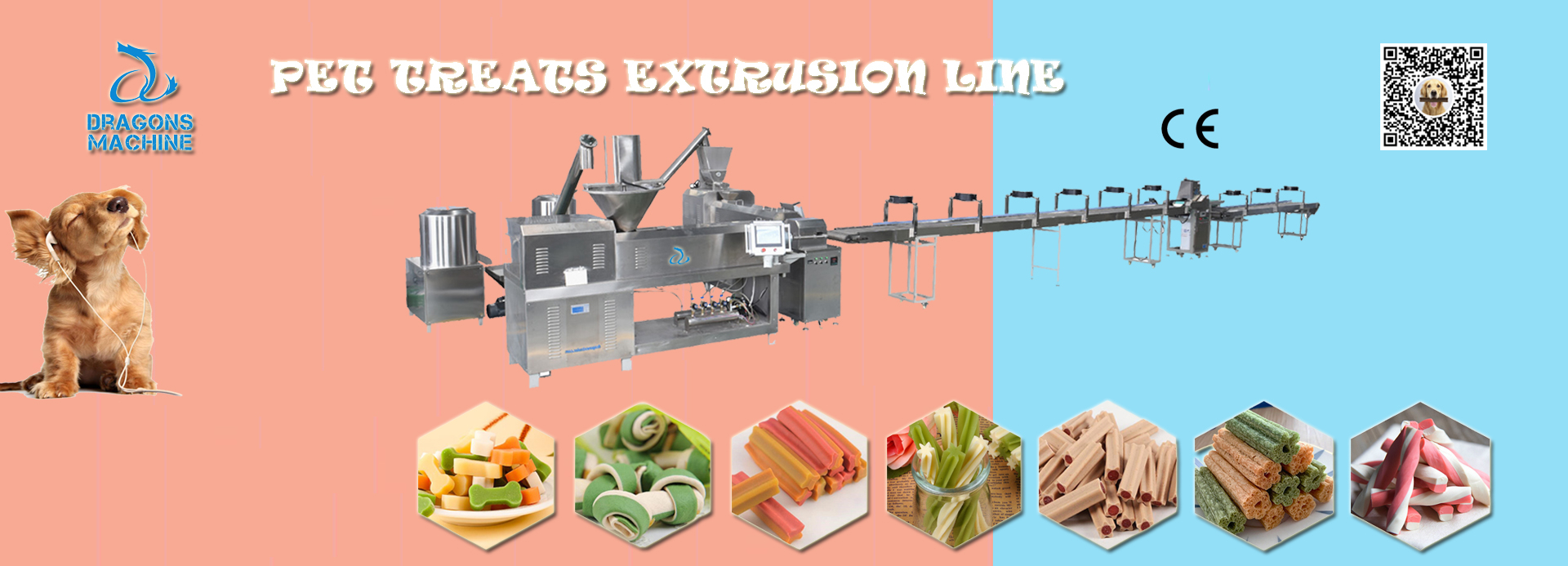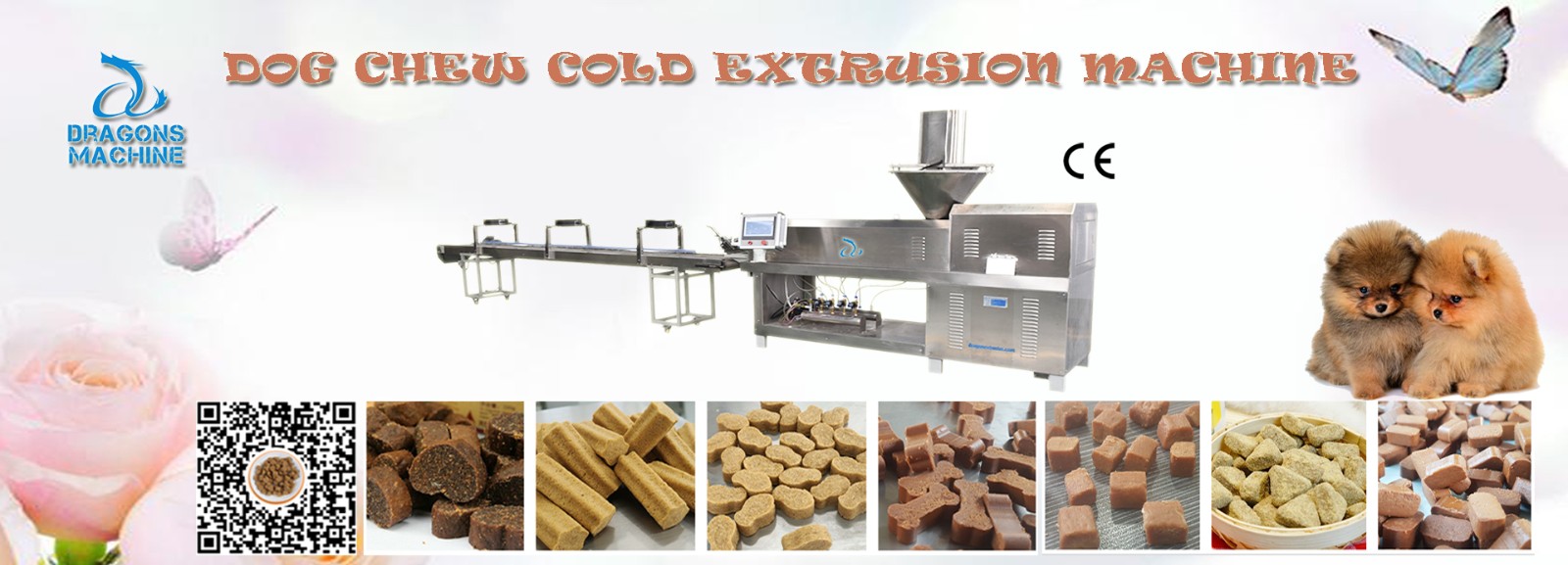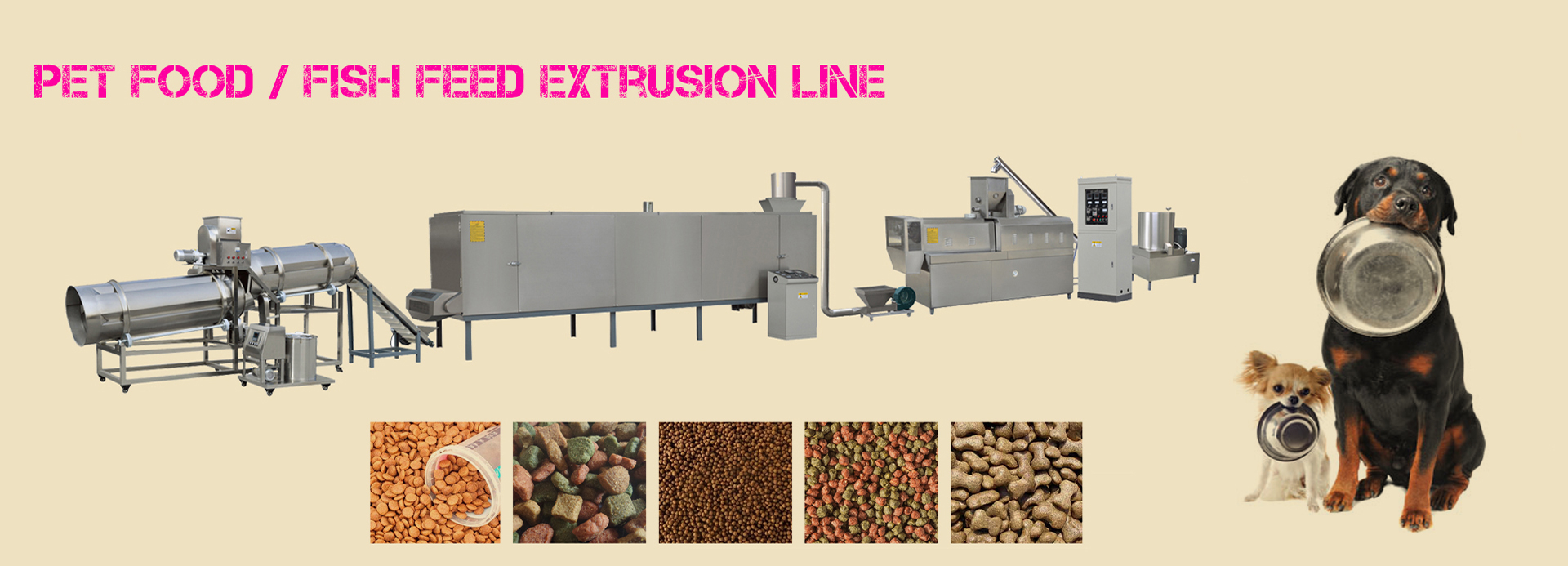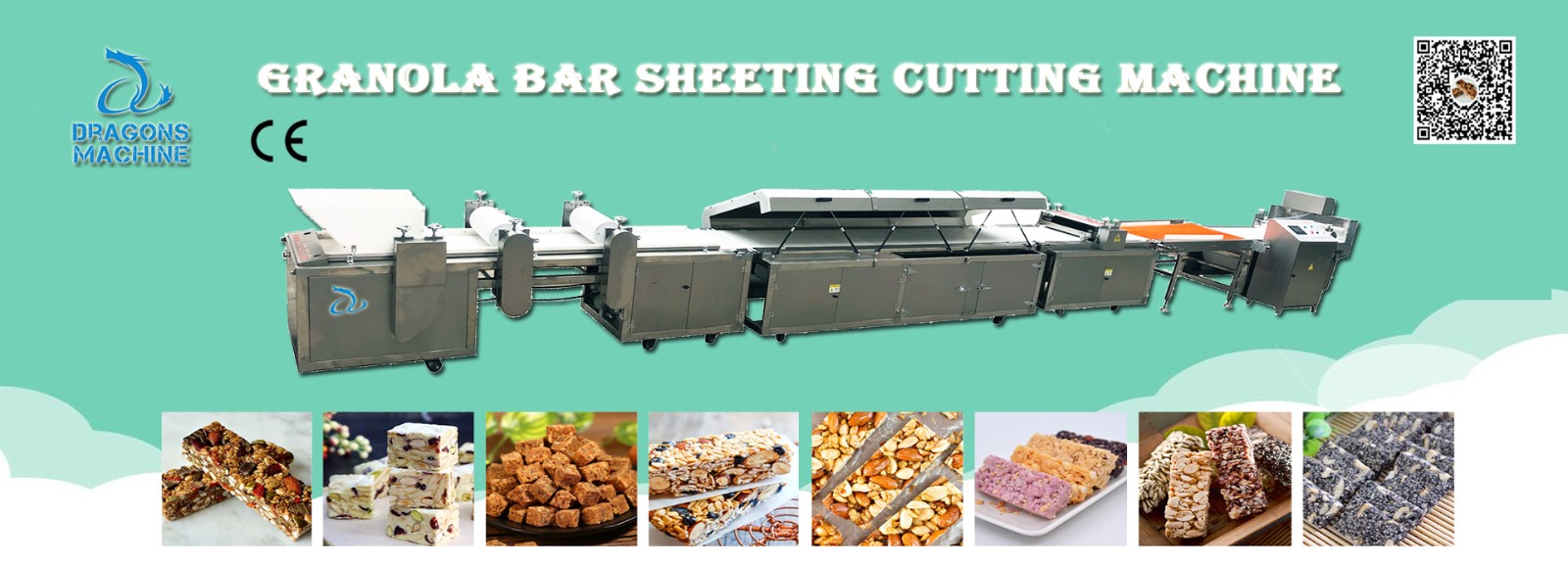Names of pet food ingredients
Creating a complete and balanced pet food that provides all the nutrients a cat or dog needs is a complex task. Veterinarians have identified 42 to 48 essential nutrients for cats and dogs. Ensuring that pet food products provide the required nutrients means using three to four dozen ingredients on a regular basis. Adding to the complexity of ingredients is the formal process of defining these materials.
For 100 years, ingredients used in animal feeds, including pet foods, have been defined by the Association of American Feed Control Officials (AAFCO). aAFCO has developed very specific ingredient definitions that pet food companies must use on their product labels. In addition to describing the source of the ingredient (e.g., beef), these definitions typically describe how the ingredient was processed (e.g., deboned, ground, and pasteurized).
Pet food manufacturers are required to use AAFCO ingredient names on product labels. The result is consistent ingredient labeling requirements across the country and around the world. It is because of the AAFCO ingredient definition process that pet food ingredient lists include ingredient names such as wheat gluten, poultry by-product meal, and sodium selenite.
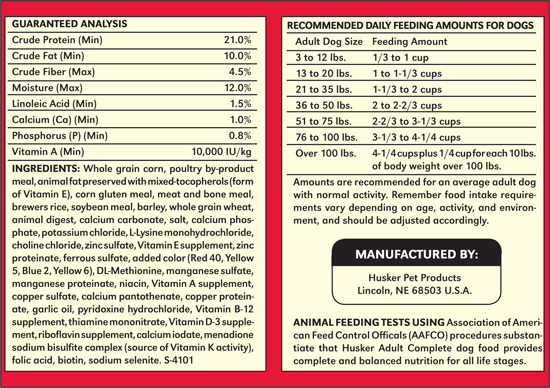
Pet Food Ingredients
Pet food ingredients - including those with interesting-sounding names - all have at least one specific function in the product, whether it's to add nutrition, provide texture, make the food hold its shape, maintain freshness, or function in another capacity . Many ingredients have multiple functions.
For example, wheat gluten is a relatively expensive ingredient that acts as a binder in pet foods, much like the breadcrumbs in meatloaf. Without wheat gluten, canned products containing slices, chunks or flakes would not hold their shape. Wheat gluten provides the added benefit of being a high-quality, highly digestible source of protein.
Ingredients that often have interesting, chemical names are sources of vitamins, minerals or essential amino acids. Many vitamins, minerals and amino acids are difficult for the body to process in their pure form, so they must be included in foods as compounds. Some essential nutrients, such as potassium, are even lethal in their pure form.
The following are some examples of sources of vitamins and minerals.
Sodium selenite -
Selenium pyridoxine hydrochloride - Vitamin B6
Biotin - Vitamin B7
Menaquinone Sodium bisulfite complex - Vitamin K (potassium)
Manganese trioxide - source of manganese
The reason the label lists the source of vitamins and minerals in this manner can be traced back to the AAFCO ingredient definition process. aafco regulations require that the true chemical name be listed on the label.
















